
Create a sense of purpose with hyper-personalized experiences
This article is contributed. See the original author and article here.
Volunteers and donors are the lifeblood of the non-profit world. Their contribution is often immeasurable, with life-changing impact to the individuals and communities they help. Although they should be treated the same way as a valued customer, in reality, they encounter less than inspiring experiences. The moment they opt-in, or donate time or money, they are bombarded with endless communications and requests. It gives new meaning to the expression, “no good deed goes unpunished.”
While every organization needs to understand their customers, when to approach them, andjust as importantlywhen not to approach them, the stakes are even higher for non-profits. For example, the value of volunteerism is estimated to be $28.54 an hour and continues to rise.1 Plus, 85 percent of volunteers donate to those non-profits in which they volunteer.2 Clearly, they are highly valuable “customers.”
That’s why non-profits are turning to Microsoft Dynamics 365 Marketing to deliver hyper-personalized, end-to-end experiences for high-impact volunteers and donorsat scale. When non-profits pivot to deliver experiences centered around the customerin this case, the volunteer or donorinstead of the organization, the results are significantincreasing lifetime engagement and commitment from individuals who are increasingly hard to find and retain.
Timely, cost-effective volunteer coordination critical to disaster response
One non-profit that understands the vital importance of devoted volunteers is Team Rubicon. The disaster-response organization mobilizes volunteers comprising of military veterans and first responders to help vulnerable and at-risk communities around the world. In addition to responding to natural disasterslike hurricanes, floods, and tornadoes,Team Rubicon has beenleading vaccination efforts to help combat COVID-19.
Lives are at stake if Team Rubicon, with its more than nearly 150,000 volunteers, can’t adequately respond in the most critical moments. Dynamics 365 solutions are helping mobilize volunteers for life-changing operations, enabling Team Rubicon to support, scale, and drive their missions. Specifically, customer journey orchestration in Dynamics 365 Marketing has enriched the volunteer experience with real-time communication based on data changes and volunteer activity. Delivering individualized, volunteer-led experiences not only boosts relationships and increases agility and speed but also reduces the resources and costs needed to coordinate and communicate with volunteers. In addition, the hyper-personalized experiences inspire and create a sense of purpose essential for attracting and retaining volunteers.
Personalized donor engagement builds loyalty to mission
The United Nations Children’s Fund (UNICEF) works to save the lives, defend the rights, and fulfill the potential of children in more than 190 countries and regions. The organization relies heavily on donors and volunteers who contribute their resources, effort, and influence to support the UNICEF mission. UNICEF Netherlands is turning to Dynamics 365 to better engage donors and build lifetime loyalty by delivering real-time, meaningful, personalized messages across the right touchpoints at the right time.
UNICEF, like many non-profits, must compete for donors. But the old fundraising models are not working as well as they used to,” says Suzanne Laszlo, Executive Director, UNICEF Netherlands. “Our donors are changing. We have to stay in touch. We have to tell our stories. We have to explain where the money went, how it’s spent, and what the results were,” she explains.
UNICEF kicked off customer experience transformation by gaining a 360-degree view of donors. With Dynamics 365 Customer Insights, a customer data platform (CDP), the non-profit brought together millions and millions of previously siloed datakey details on donors, such as contact information, philanthropic interests, and donation history. With an AI-powered CDP, UNICEF can quickly and easily combine data from multiple sources, analyze the data to derive insights, and activate the insights via marketing and communication channels. For example, the UNICEF team uses the built-in AI models to predict customer lifetime value, which helps them identify, and optimize engagement with, high-impact donors.
The platform’s out-the-box interoperability with Dynamics 365 Marketing enables UNICEF to instantly connect the profiles and insights generated from the CDP to the myriad customer engagement channels in order to orchestrate individualized journeys, at scale. This creates a closed feedback loop in which past interactions, customer preferences, and real-time behaviors drive ongoing experiences that build a sense of purpose.
For two would-be donors, the engagement approach may play out very differently. For Lars, who is a long-term donor, the organization might send an email the day after he attends an exclusive event to invite him to a field visit, to show him in person the impact he is making. For Nina, someone who has never donated before but has opted in, the first communication might be a survey that helps UNICEF understand what she cares about most. The next touchpoint might be a personalized email highlighting specific programs that resonate with her, based on the survey results and real-time engagement signals. As each individual moves along the journey, the organization uses data and AI to determine the unique, optimal path.
Learn more
In the non-profit or for-profit world, marketing leaders can no longer count on traditional methods of broad, segment-based approaches to break through the noise. Instead, organizations need to attract and retain customers with inspiring, relatable, and personalized experiences.
Find out how the new customer journey orchestration capabilities in Dynamics 365 Marketing ensures you stay in step with your customer’s evolving needs.
1 Value of Volunteer Time, Independent Sector, April 2021
2 Global Trends in Giving Report, Funraise.org
The post Create a sense of purpose with hyper-personalized experiences appeared first on Microsoft Dynamics 365 Blog.
Brought to you by Dr. Ware, Microsoft Office 365 Silver Partner, Charleston SC.


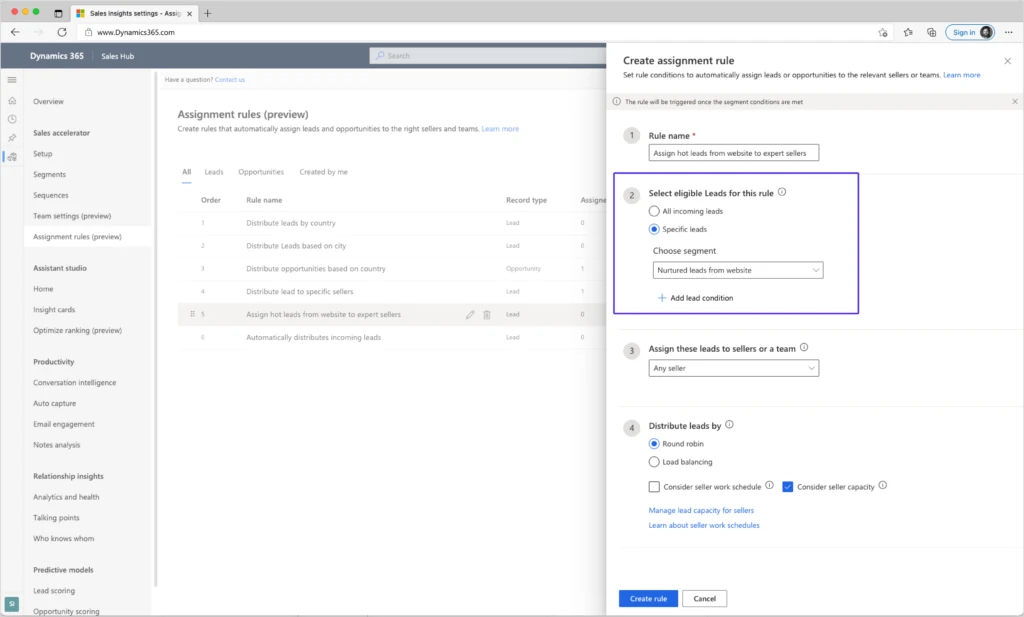

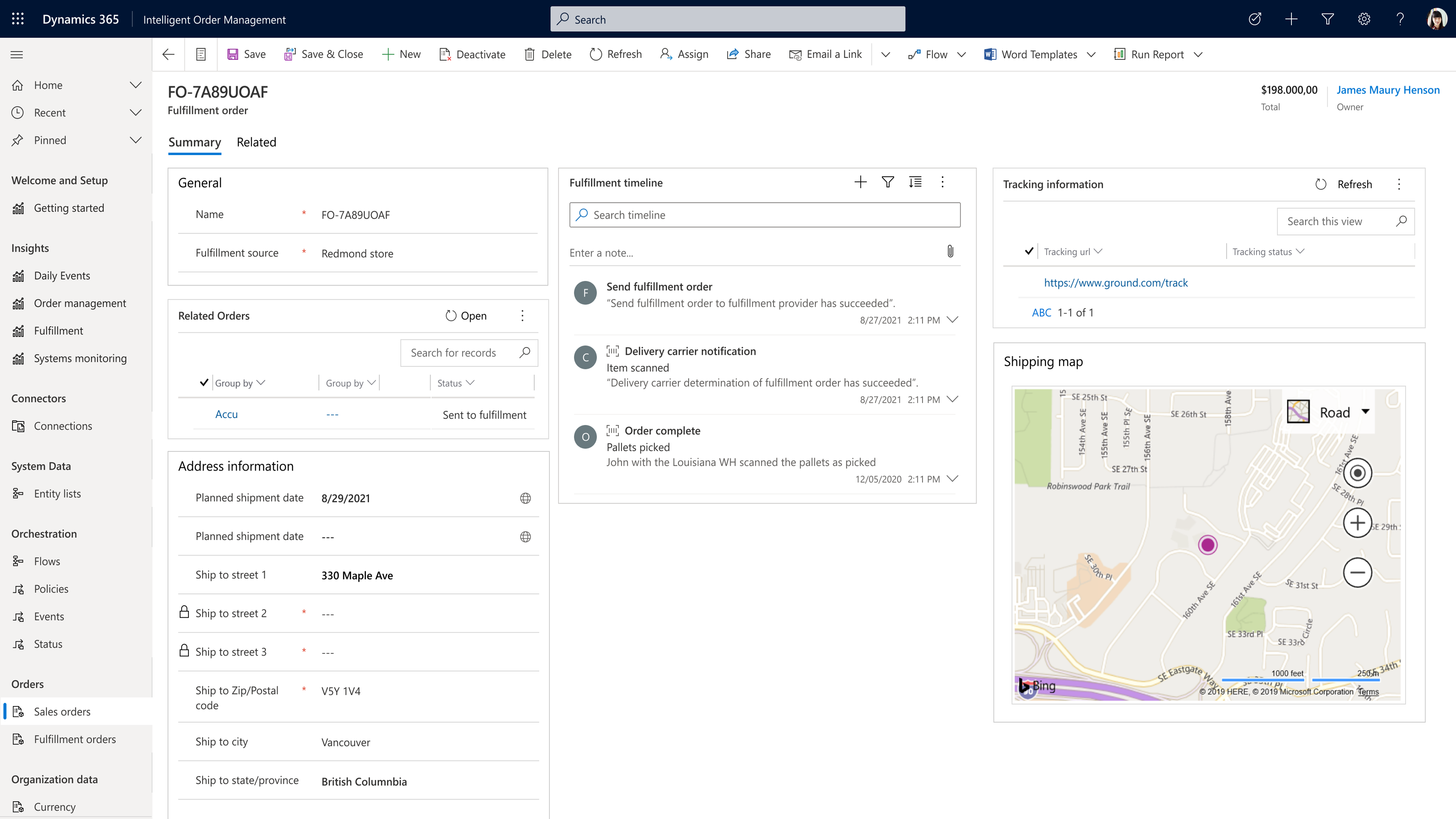


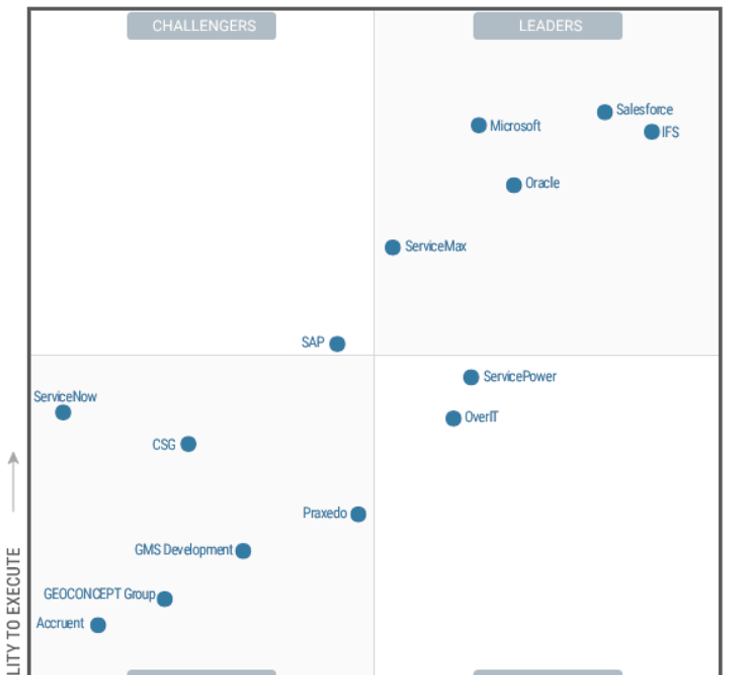



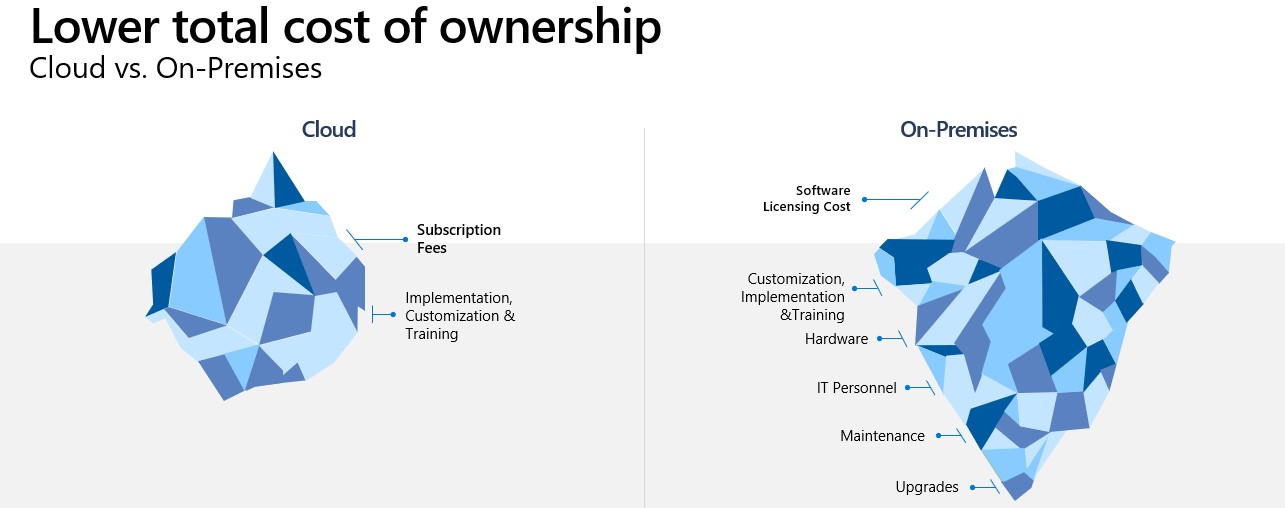
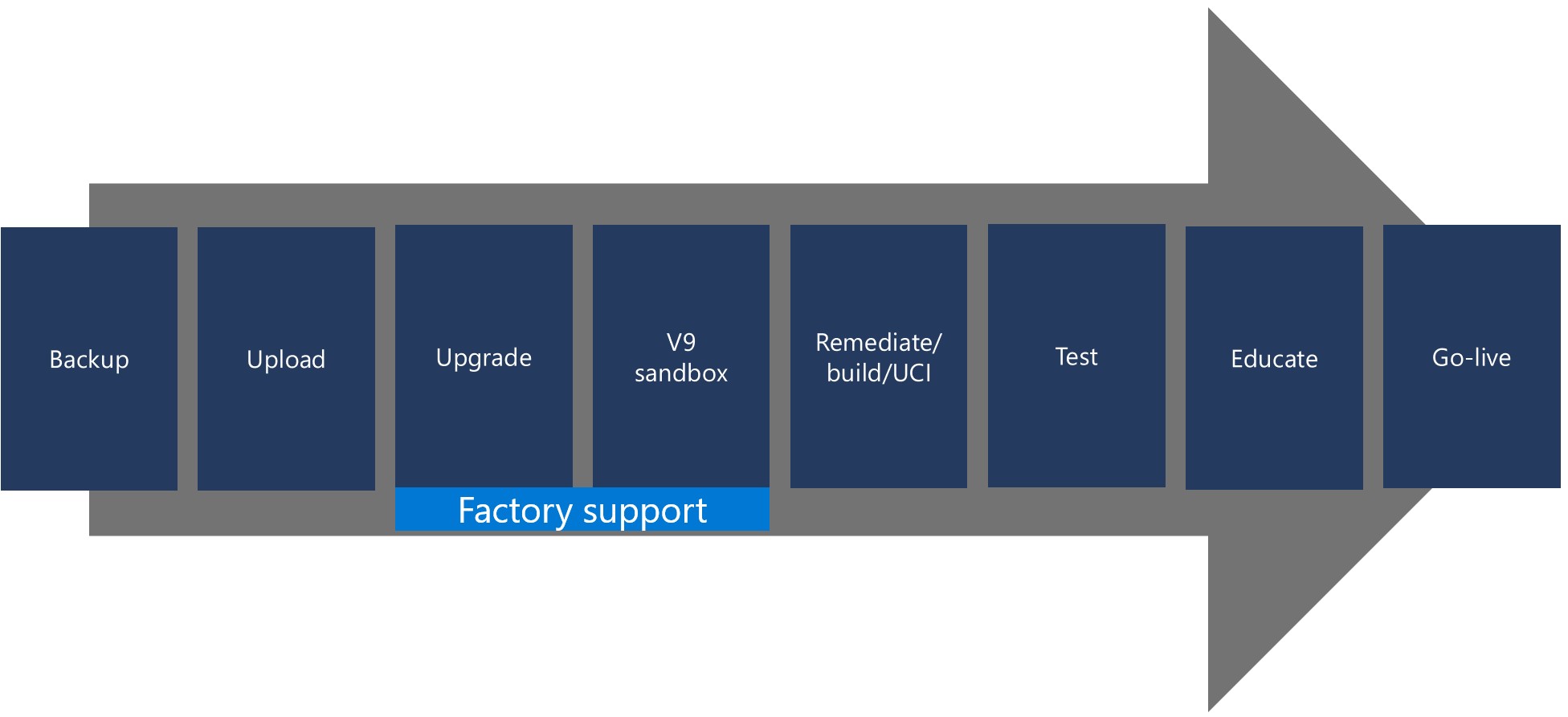

Recent Comments